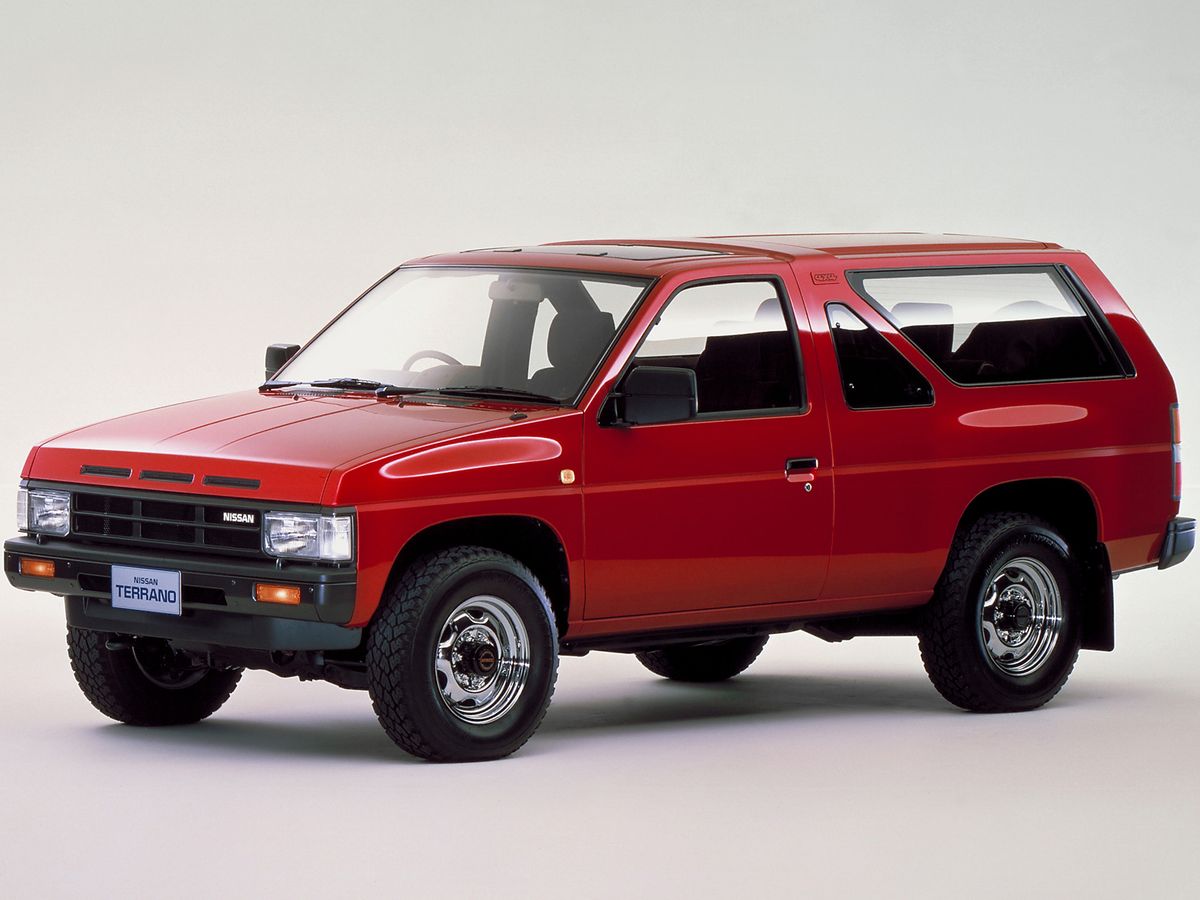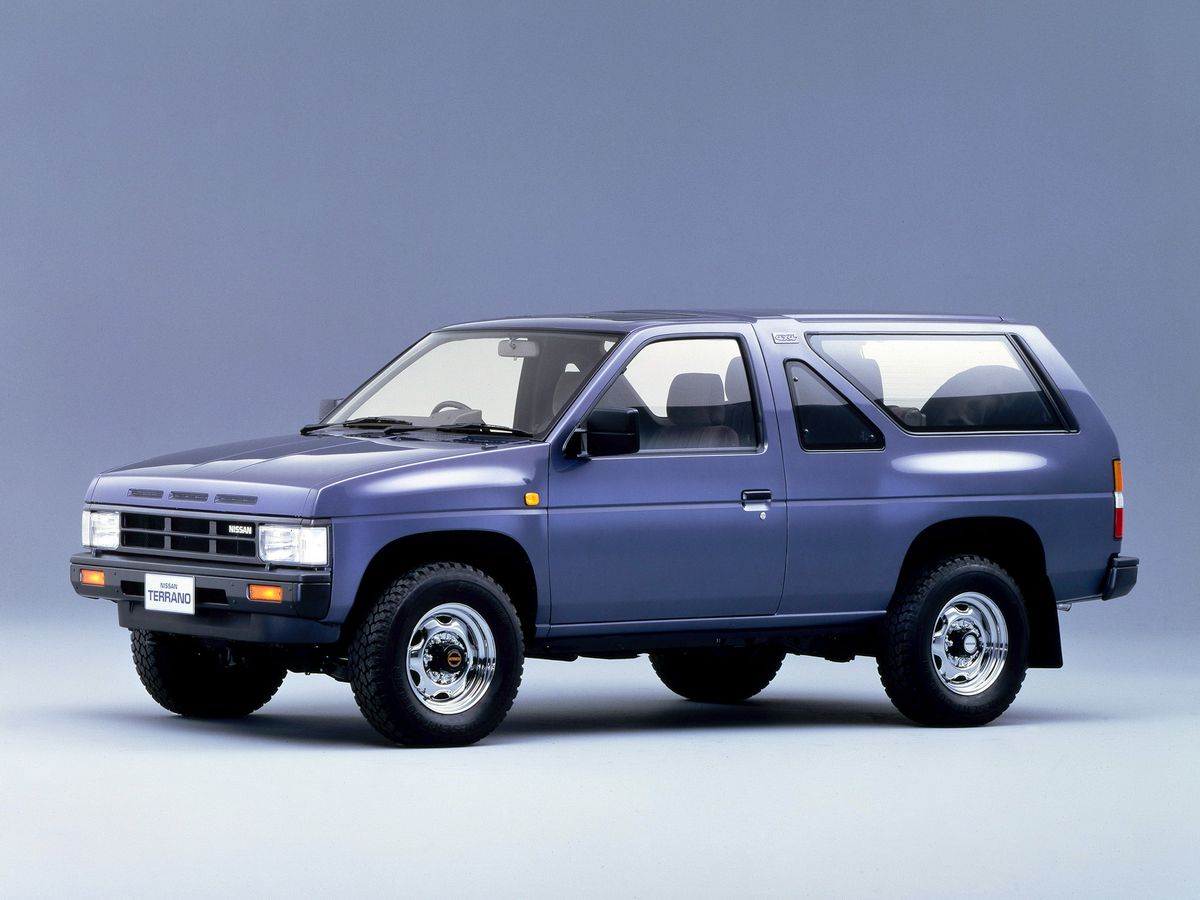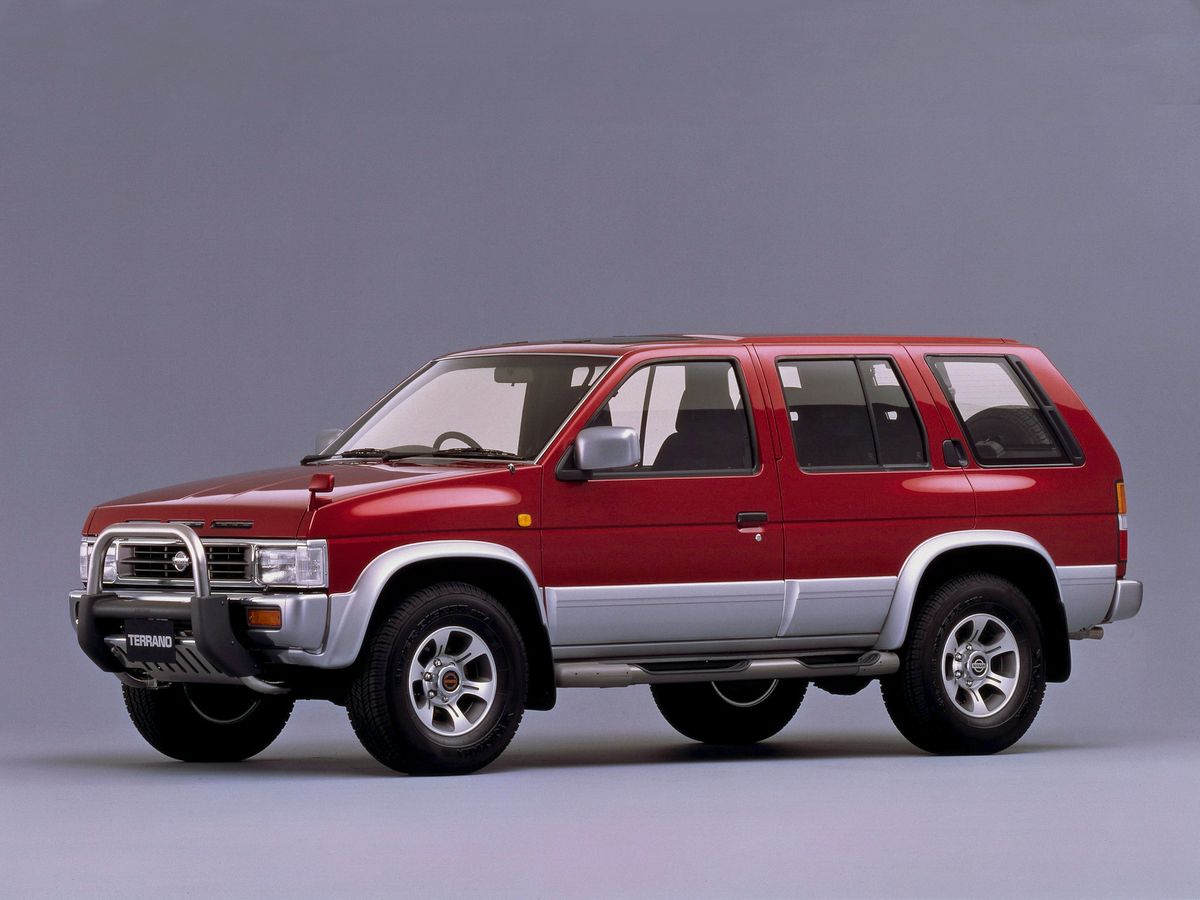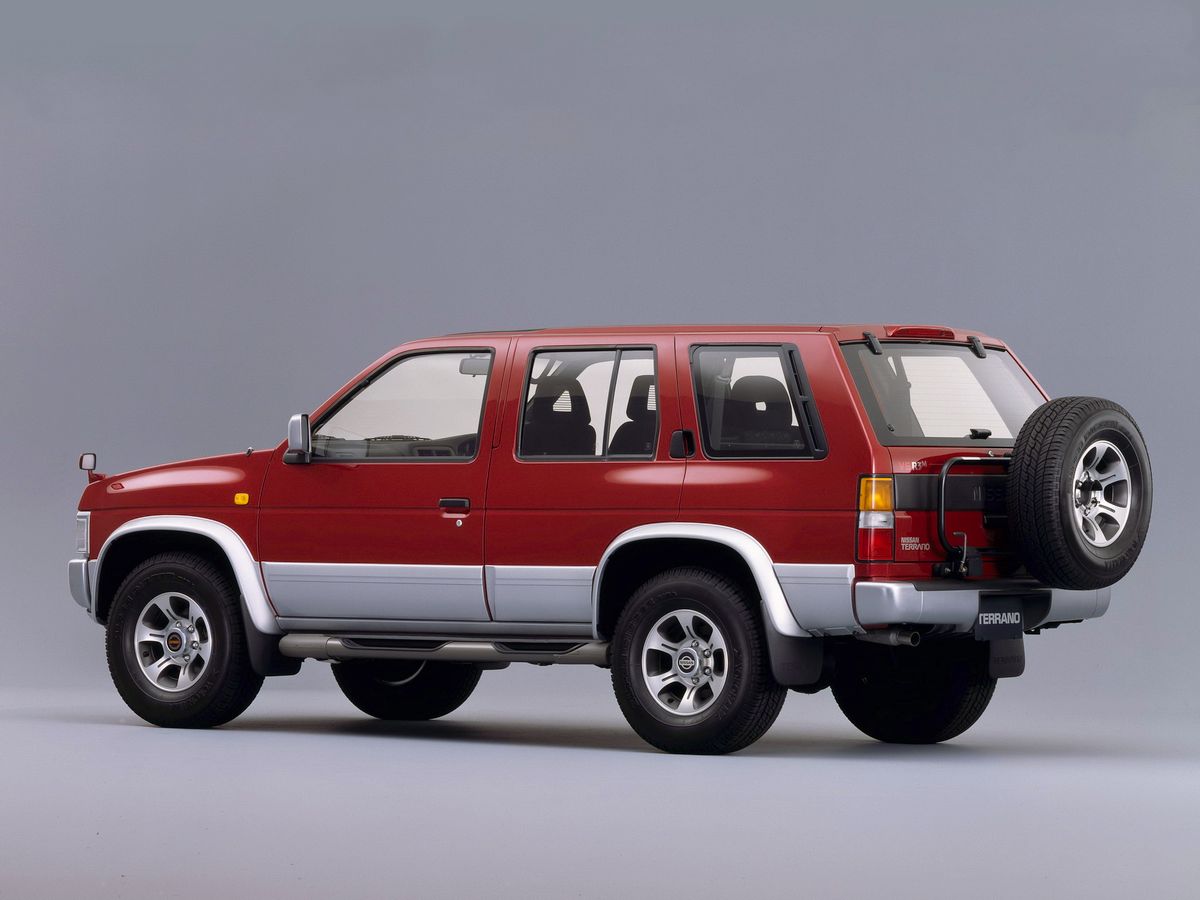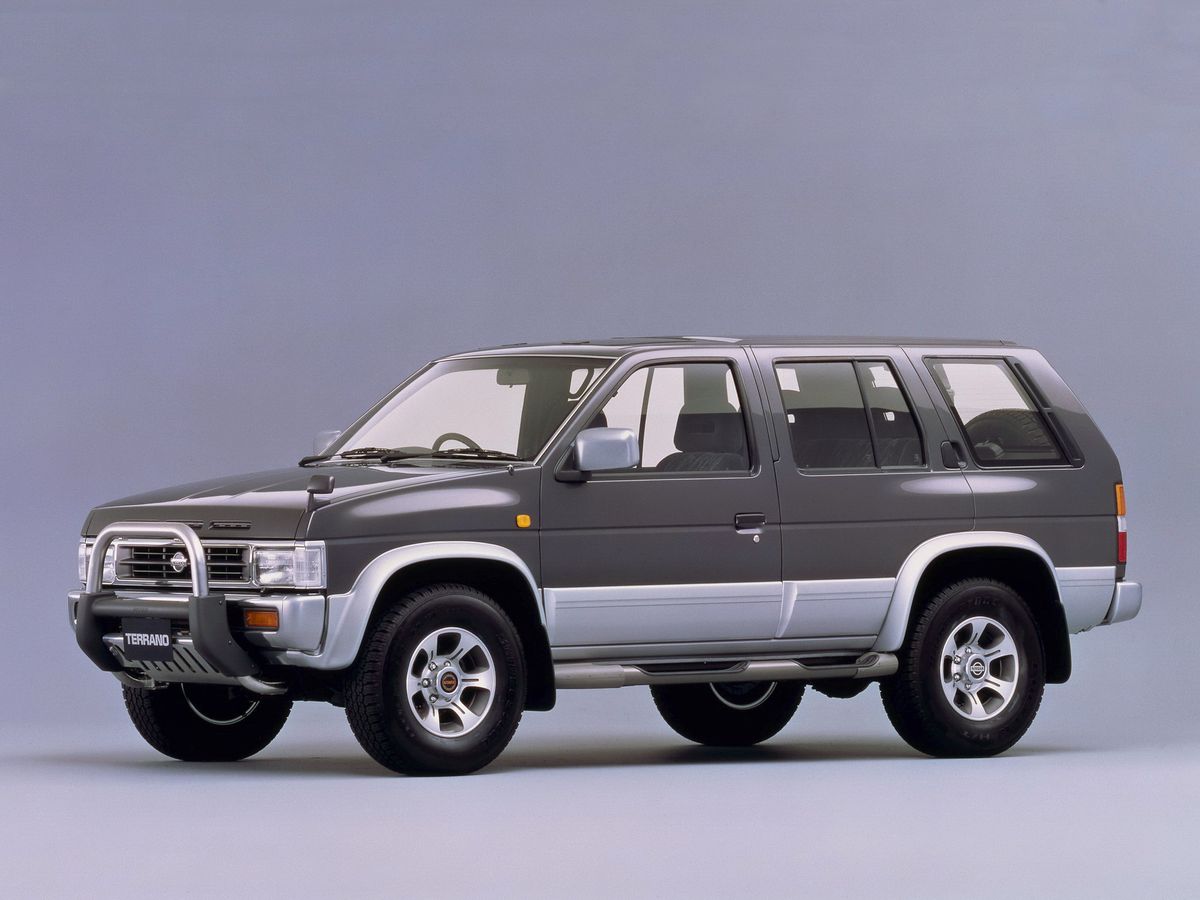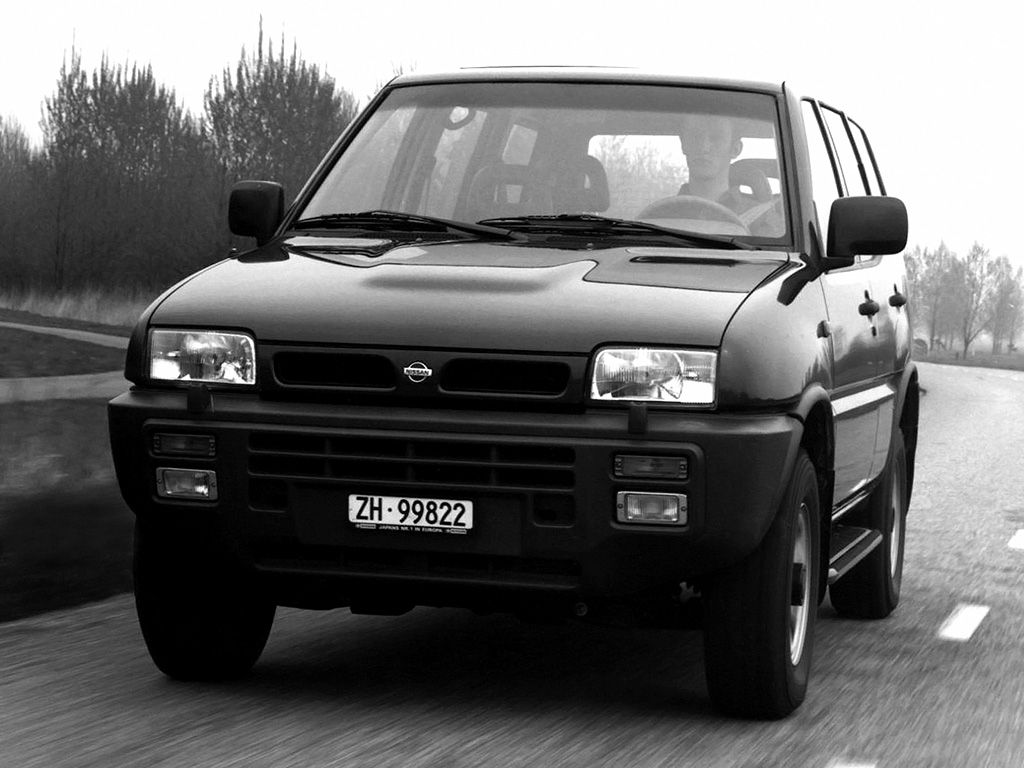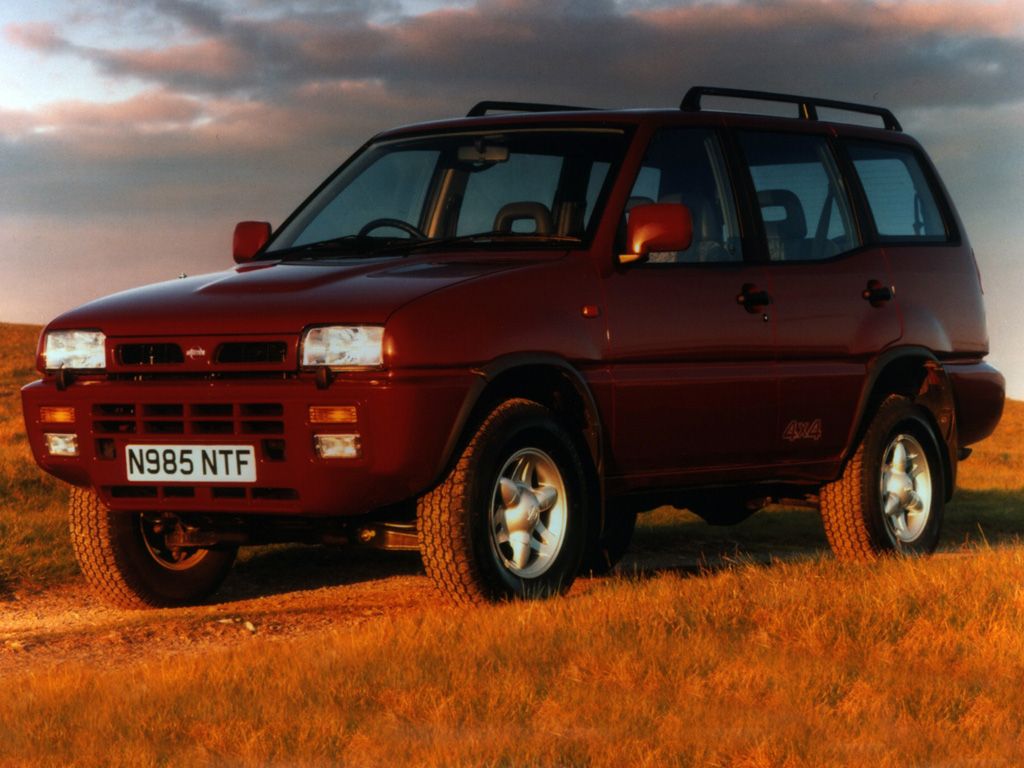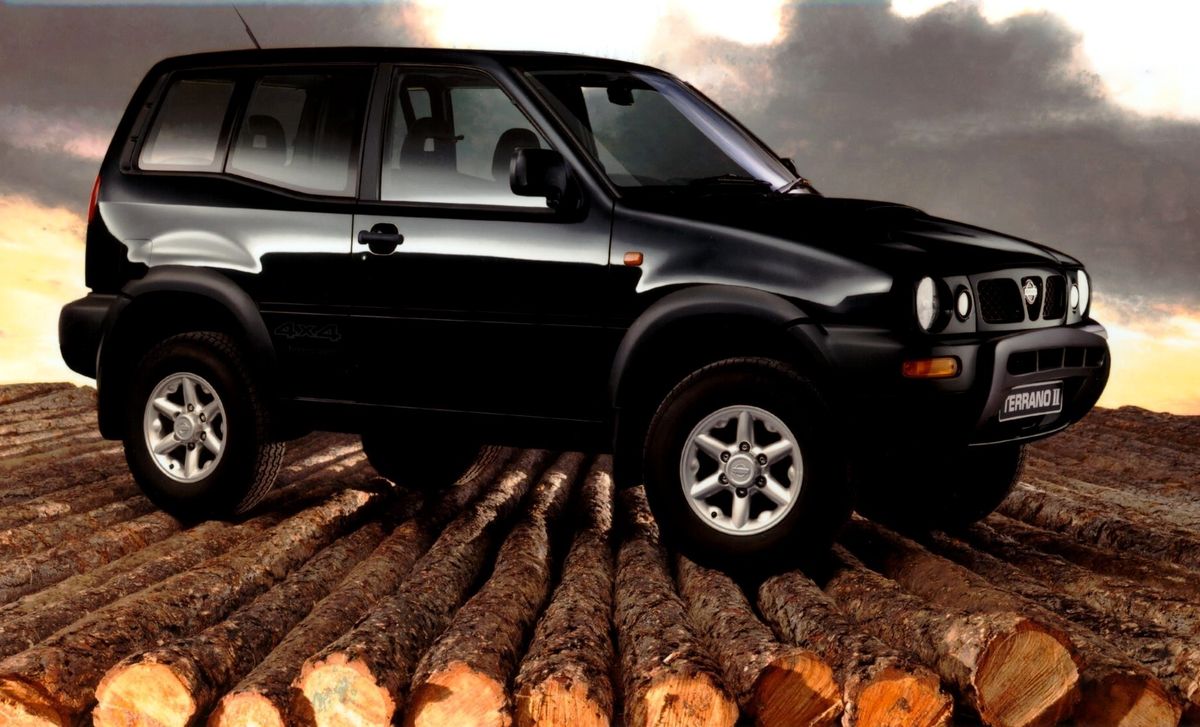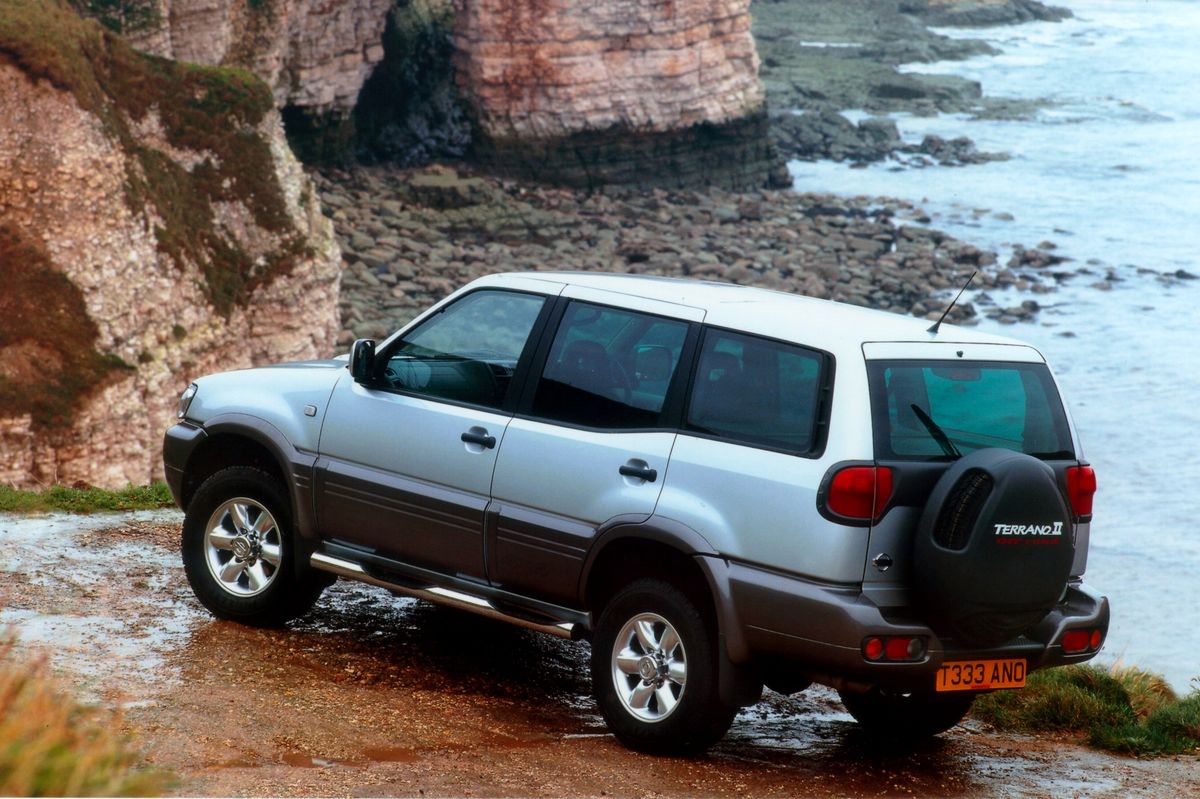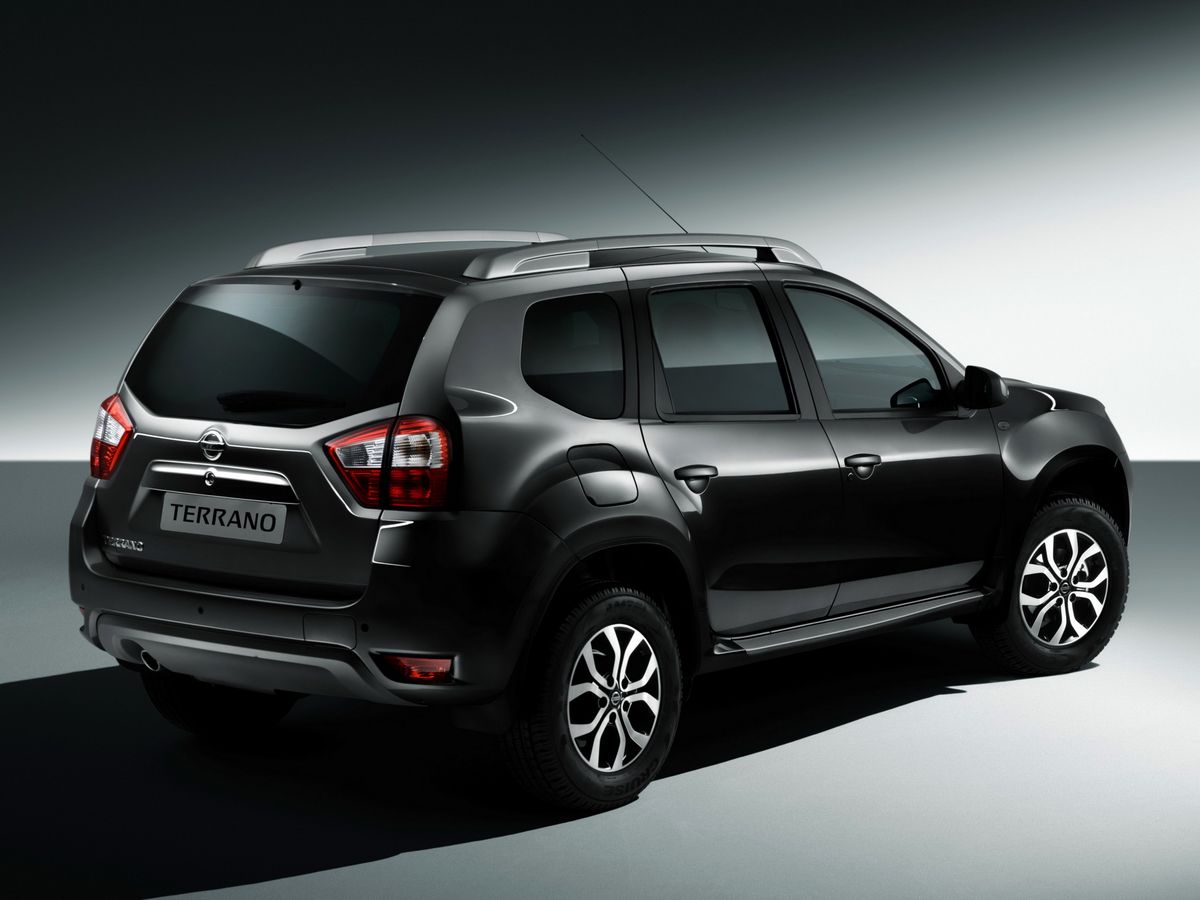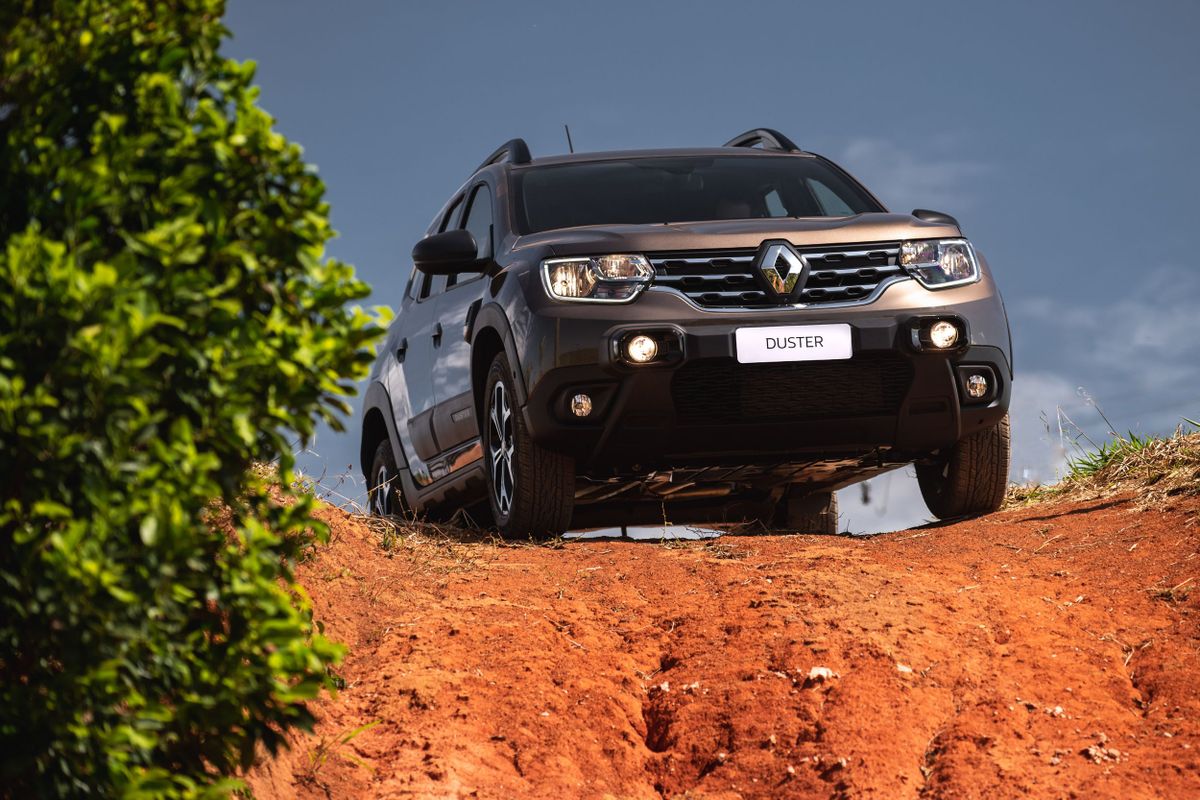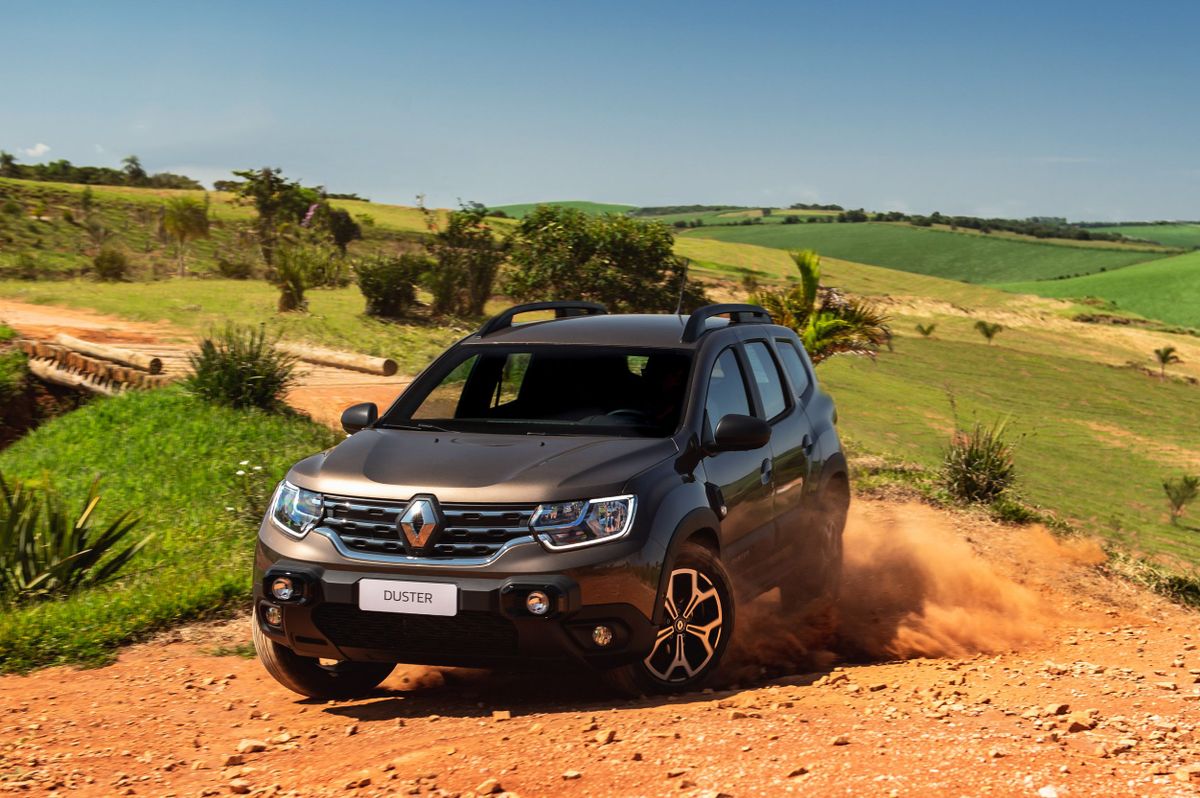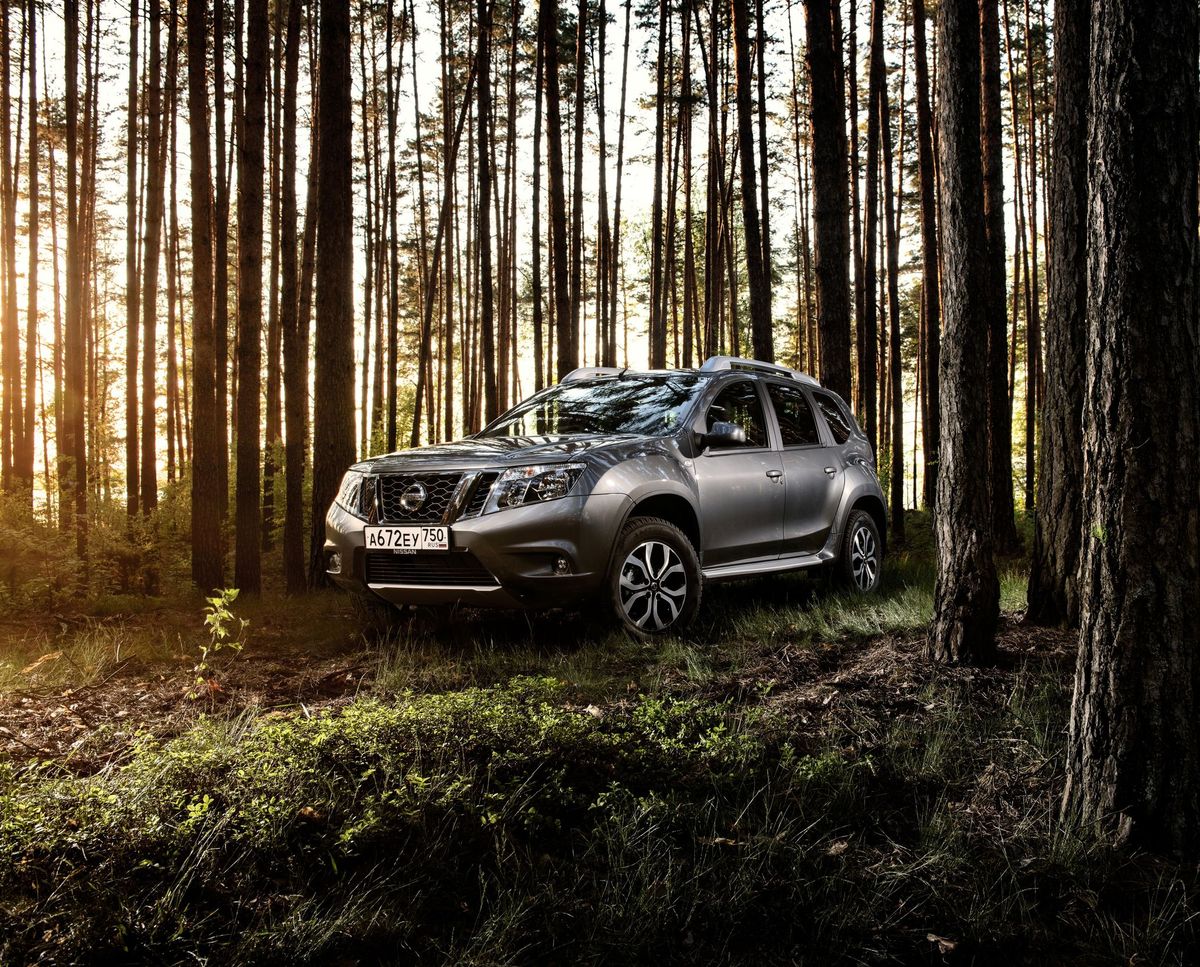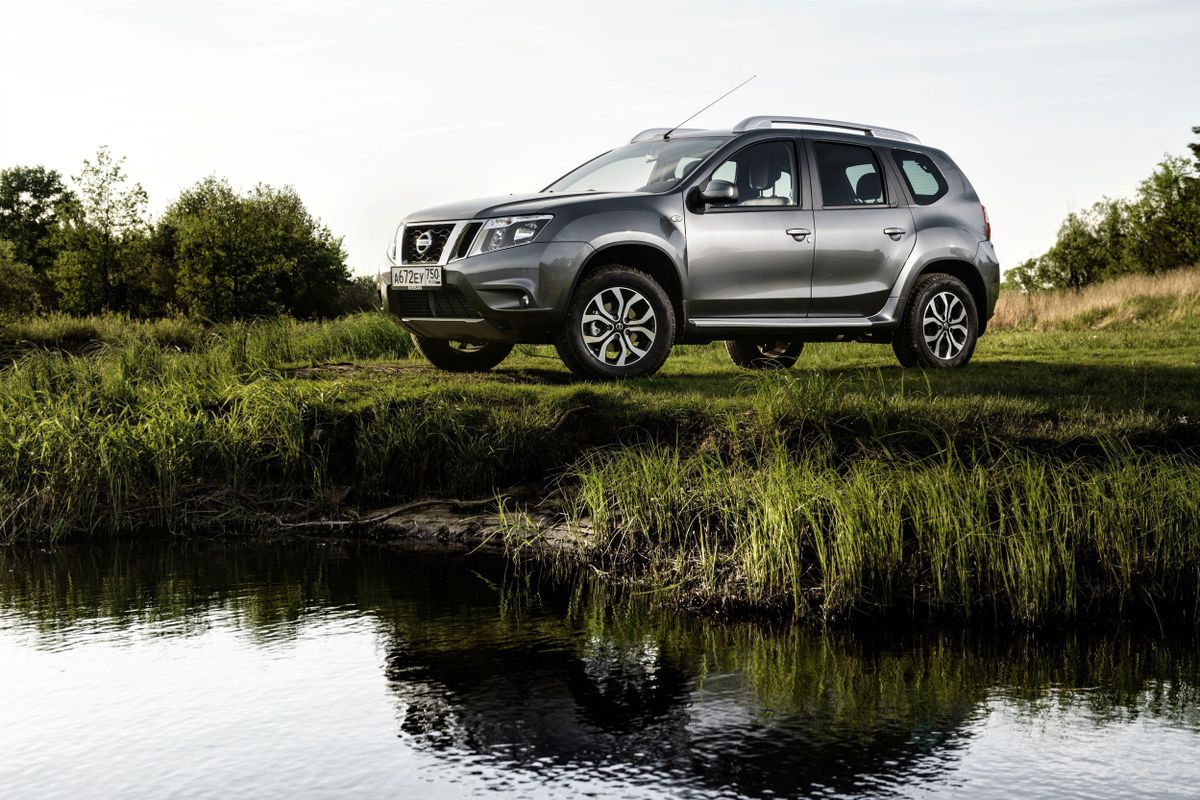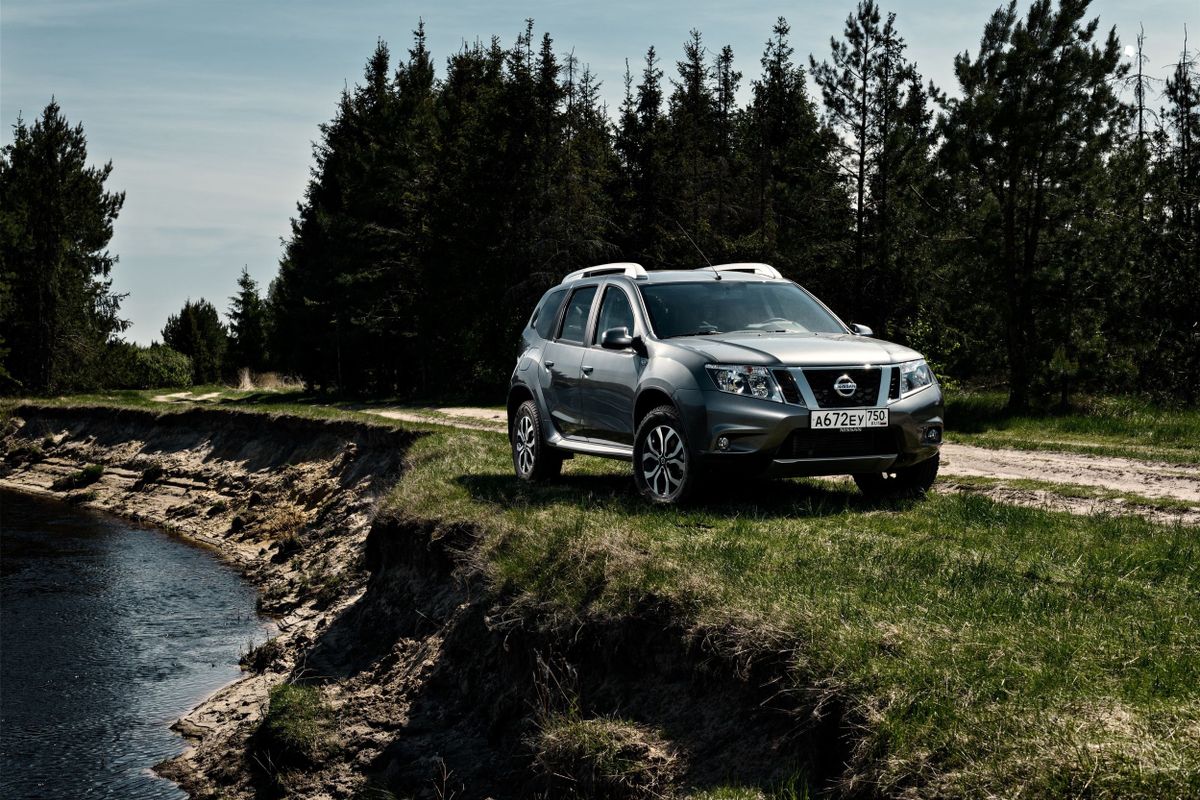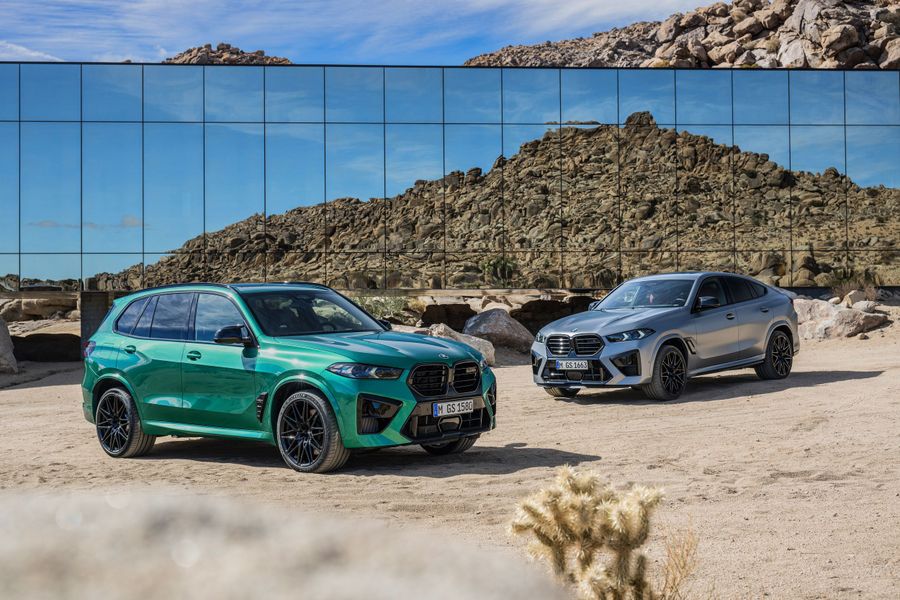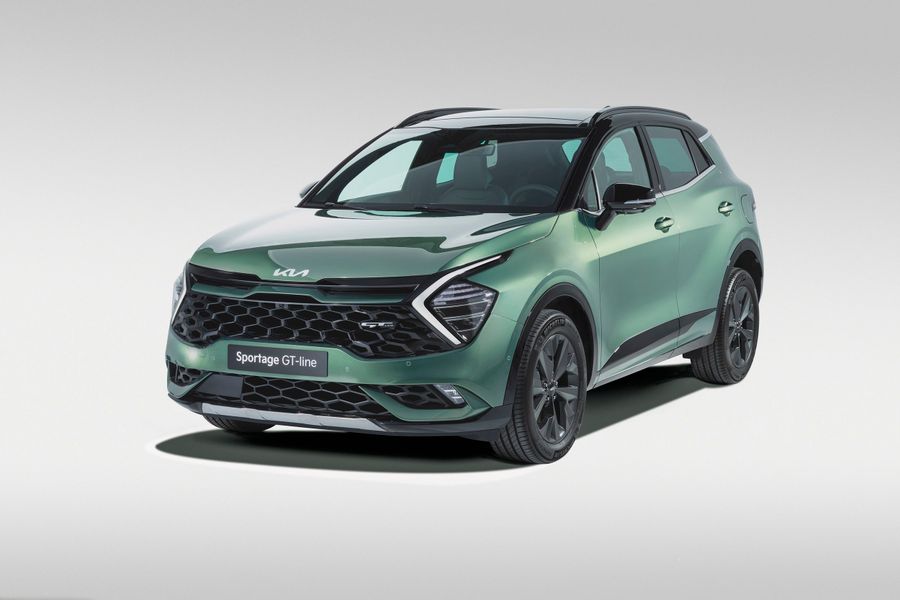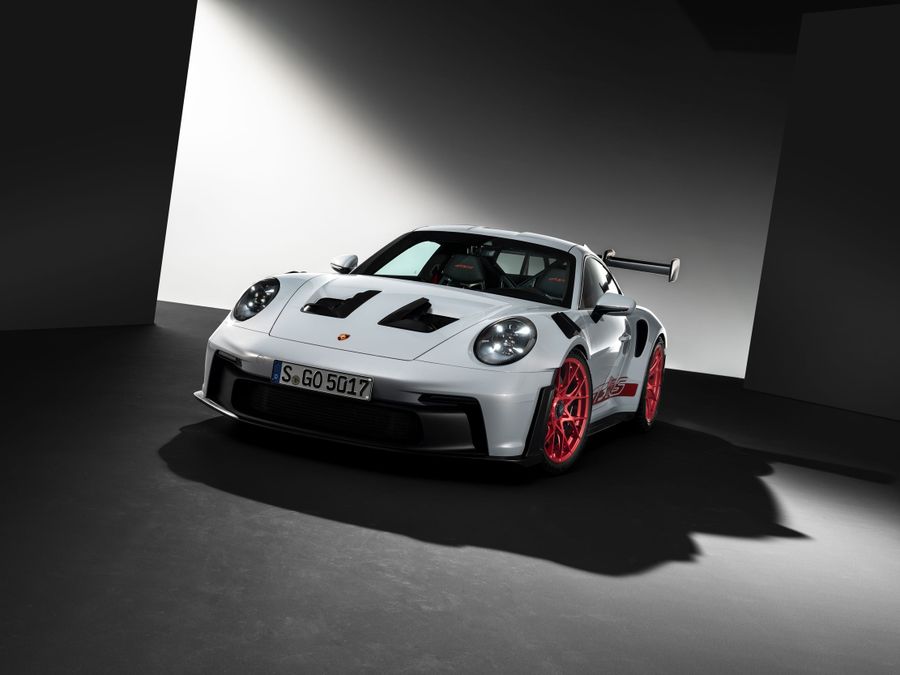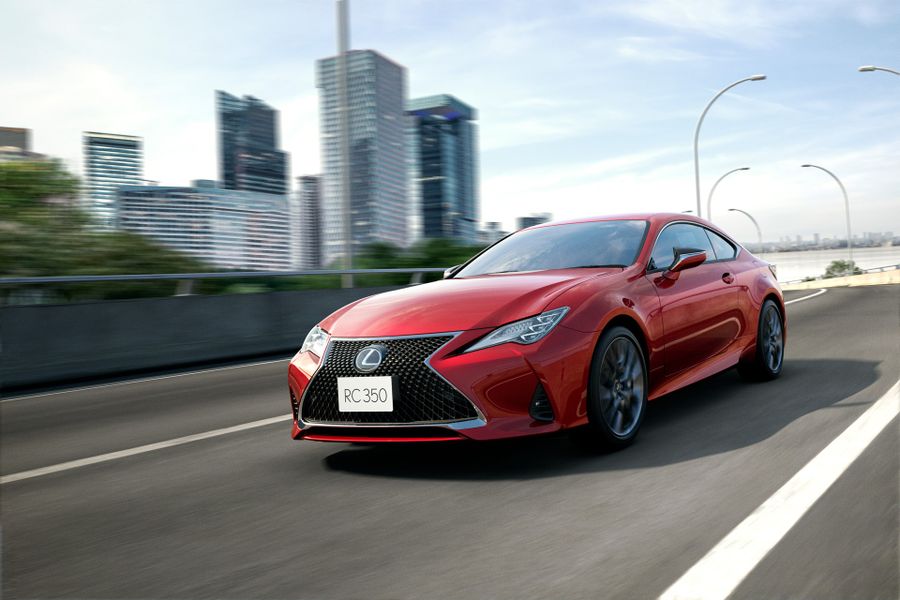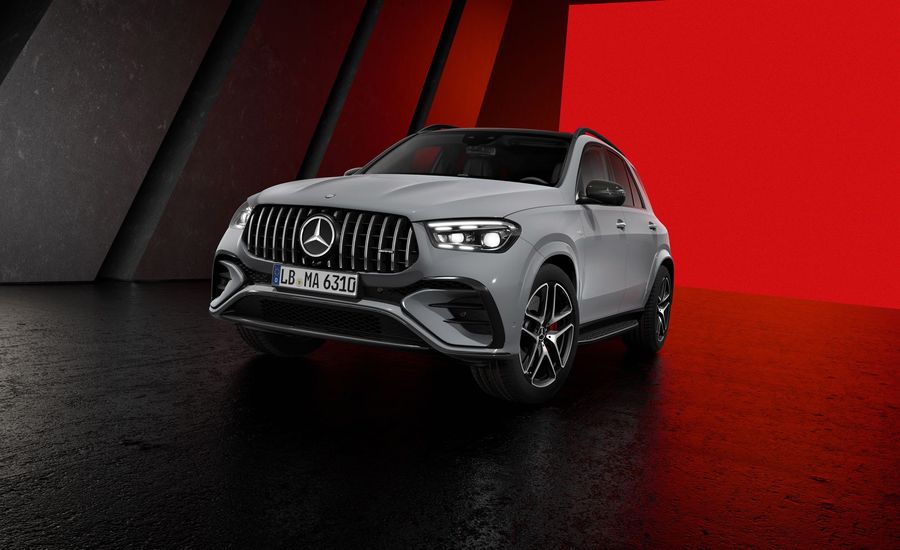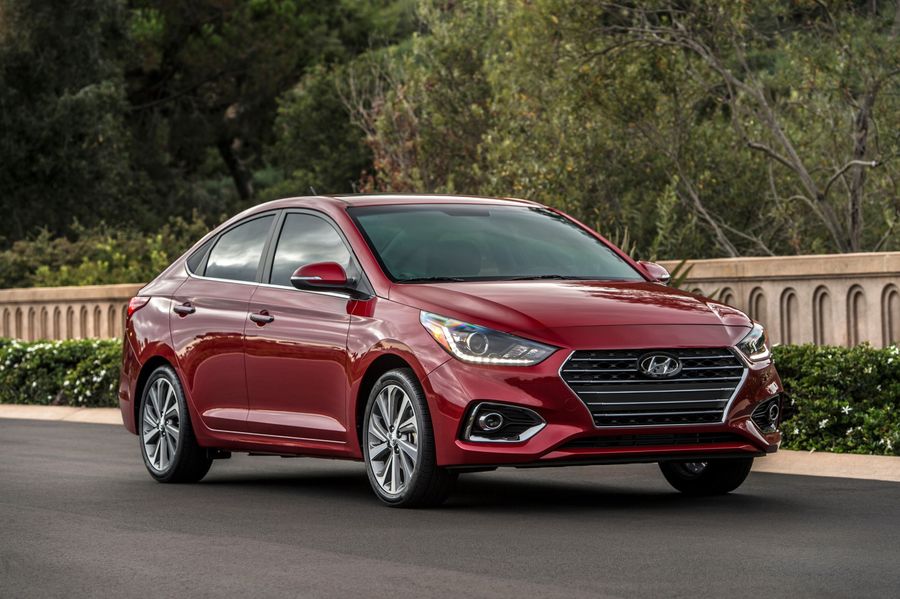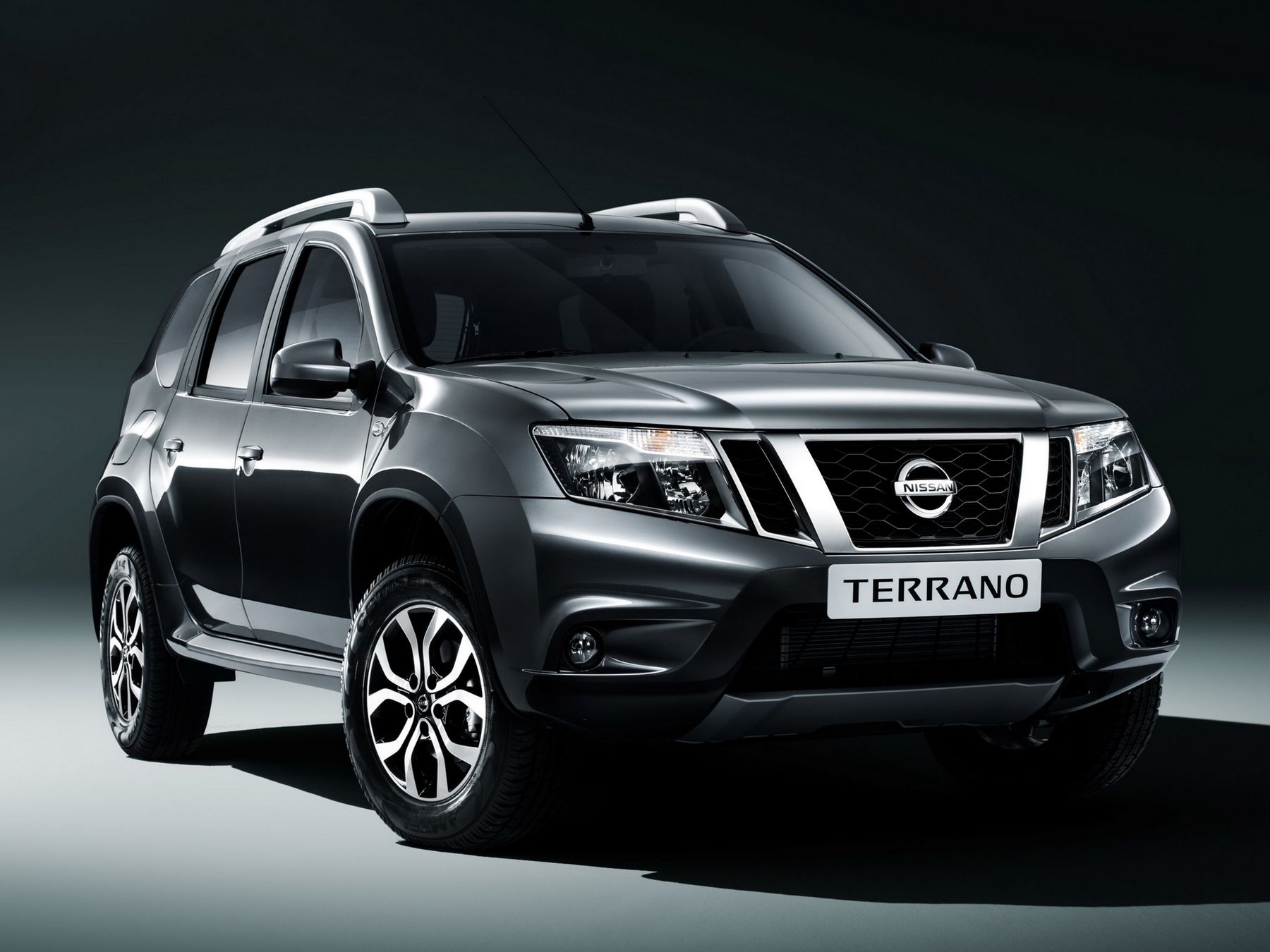
Nissan Terrano SUV. Former land conqueror
From 1985 to 2005, mid-size SUVs were produced under the Terrano name. The vehicle was available in the Japanese and European markets. Throughout 20 years of its existence, there were two generations. It had excellent cross-country ability and was popular with outdoor enthusiasts around the world. Starting from the third generation of 2014, the Nissan Terrano tuned into an ordinary urban SUV that has kept an all-wheel drive system and a relatively robust design for a frameless vehicle.
The first generation
The first Terrano appeared in 1986 as a 3-door version, which was very popular back then. The vehicle was assembled both in Japan, at Nissan’s Kyushu plant, and in America, where it is known as the Nissan Pathfinder. The vehicle came with a 2.7-liter diesel engine (TD27 unit, one of the most reliable in the world) that could be combined with manual or automatic transmissions. The SUV featured a double wishbone independent suspension at the front and a dependent suspension at the rear. The vehicle was produced both with rear-wheel drive and all-wheel drive systems: a drive layout comrpising a 2-speed transfer case and a rear differential lock provided good cross-country ability.
The 5-door Terrano was distinguished by the absence of traditional rear door handles
In 1990, the manufacturer introduced a 5-door version, which, however, had the same length as a 3-door vehicle. The 5-door Terrano was distinguished by the absence of traditional rear door handles, which was done on purpose, as the new model was not supposed to be too different from the 3-door version. The Pathfinder inherited that feature. It was initially planned to use a common frame for installing both passenger and passenger-and-freight bodies (such as a pickup) with a load capacity of up to one ton. The pickups based on this generation of Terrano could be either 2 or 4-seater. And they were sold under different names, Nissan Datsun or Nissan Pickup, depending on the market. Moreover, in 1990, a 3-liter V-shaped 6-cylinder gasoline engine and a TD27T turbocharged version appeared. At the same time, the model was restyled, acquiring a redesigned radiator grille and a slightly modified interior.
The second generation
To develop the second generation Terrano, Nissan hired the Italian design studio I.DE.A Institute (Institute of Development in Automotive Engineering). The studio created a nice SUV that looked completely different and only inherited some features from its predecessor: for example, a radiator grille with three horizontal stripes. It ‘lived’ for thirteen years with virtually no changes, which confirms an initially successful design. Under an agreement with Ford Europe, the Terrano was sold under the name Ford Maverick, at the same time the SUV was sold in Japan as the Nissan Mistral. The vehicle was frameless.
The second generation Nissan Terrano became slightly sportier, offering a redesigned dashboard, Recaro seats and improved driving performance. The vehicle featured a new MacPherson strut suspension at the front, but kept the same rear suspension. The SUV was equipped with 2.7- and 3.2-liter turbocharged diesel engines and a 3-liter gasoline engine. The top-end versions featured a powerful 3.3-liter V-shaped 6-cylinder SOHC engine. In 1996, the manufacturer released the Terrano Regulus, which had more luxurious equipment and brighter body colors. In fact, it was the forerunner of the Infiniti brand.
The Nissan Terrano won the Grenada-Dakar rally in the DI diesel class
The second generation Nissan Terrano was modernized many times. One of the most notable modernizations took place in 1999. The vehicle received a redesigned exterior and more efficient lighting. In the same year, Terrano won the Grenada-Dakar rally in the DI diesel class. In 2006, the production of the second generation Terrano was terminated, and two years later it was replaced by a converted Nissan Pathfinder, which was sold in all markets under the single name.
The third generation
The third generation Nissan Terrano appeared only in 2013. The Renault-Nissan Alliance introduced a very similar model under different names: Renault Duster and Nissan Terrano, but both are designed for emerging markets. The new Terrano has become an ordinary urban SUV with a front-wheel drive and without a frame. It features an independent suspension at the front (in all versions) and a multi-link suspension (all-wheel drive vehicles) or a semi-independent torsion beam at the rear (mono-drive versions).
The vehicle is equipped with 1.5-liter diesel engines (90 hp) or 1.6-liter and 2-liter gasoline engines (114 and 143 hp, respectively), coupled with 4-speed automatic or 5-speed manual transmissions. The All-mode 4×4 all-wheel drive system continuously analyzes the degree of slip and instantly redistributes torque between the axles, ensuring maximum traction. The angles of approach, longitudinal patency and departure are 28.5°, 23° and 33.3°, respectively.
The new Terrano has become an ordinary urban front-wheel drive SUV
Unlike the Renault/Dacia, the new Nissan Terrano features firmer suspension settings, higher-quality interior materials and, of course, a Nissan-style exterior. The all-wheel drive version has a trunk of 408 liters, whereas the front-wheel drive version offers 475 liters or 1,636 liters with the rear seats folded down.
Interestingly, the Renault Duster (sold in Israel under the Dacia brand) received a new generation back in 2017, but the Nissan Terrano had the same third generation, which was restyled many times.
Restyling
In 2016, the first major restyling took place, touching the transmission, interior and equipment. Vehicles with a 2-liter engine received a new automatic transmission and a new 6-speed manual transmission. The dashboard started displaying gear shifting, ambient temperature and eco-friendly driving characteristics. The location of the instruments on the center console of the car was also changed. In 2017, the Terrano was restyled again, receiving additional options and a new interior.
Nissan came up with another restyling for its SUV in 2018. The main changes were introduced to the Elegance Plus version, which acquired a 7-inch multimedia system display with navigation and a rear-view camera. The Comfort version received new interior material, whereas the Elegance version was provided with new 16-inch alloy wheels. A new metallic brown color appeared in the entire range of versions. In 2019, the top-end Elegance Plus and Tekna version acquired Apple CarPlay and Android Auto functions, while regular maps from the Nissan Connect multimedia system remained available.


